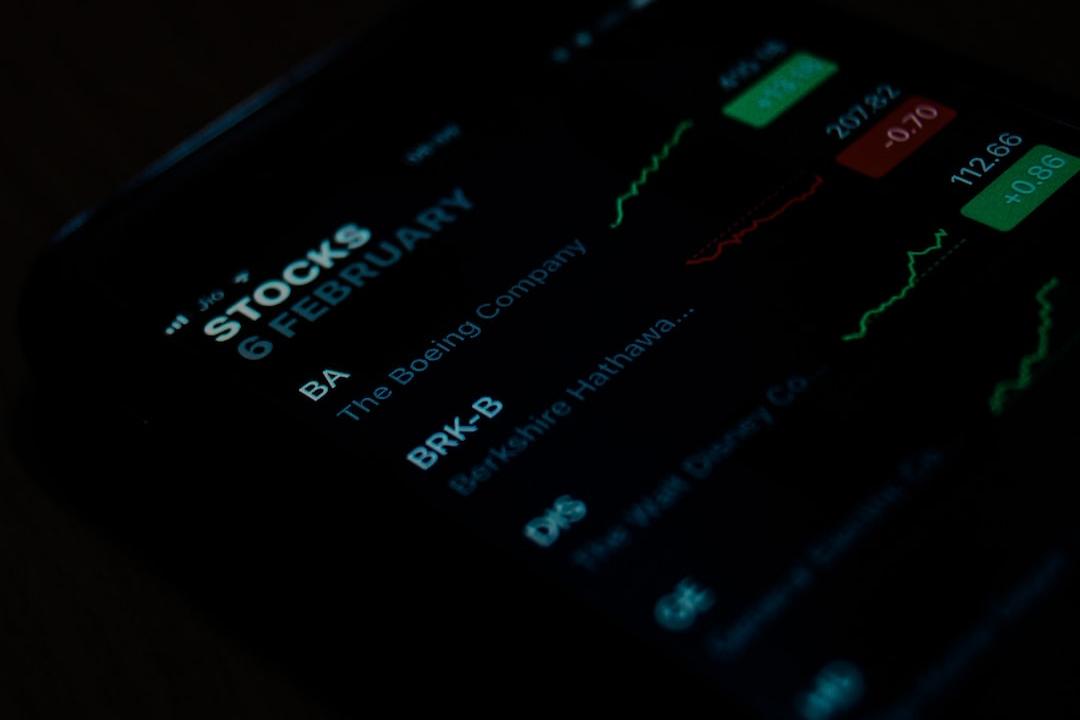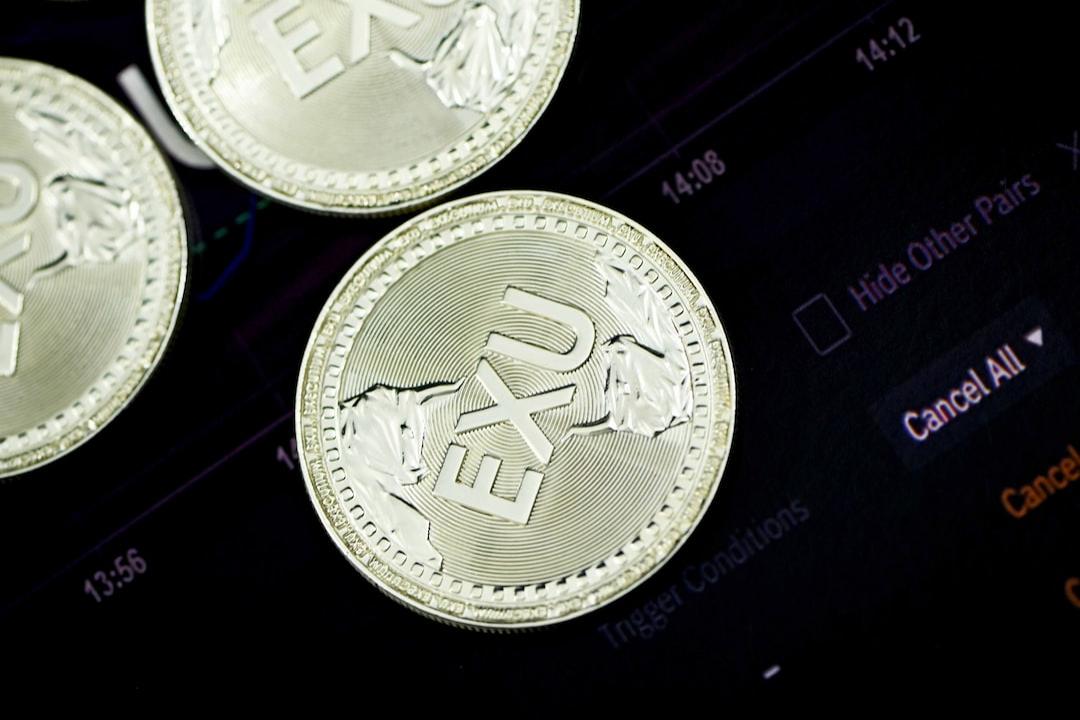CoinDesk Report:
Author: Nancy Lubale, CoinTelegraph; Translator: Deng Tong
Bitcoin (BTC) prices have dropped by 2.25% in the past 24 hours, currently down 16% from their historic high of $73,835 on March 14.

Bitcoin/USD daily chart. Source: TradingView
Over the last 30 days, Bitcoin’s price has fallen by 8.75% and by 5.5% over the past three months.
A decline in Bitcoin prices throughout June has led market analysts to question whether this pioneering cryptocurrency has reached a “cycle top.”
Let’s delve into some reasons analysts believe Bitcoin’s bull market may have peaked.
Bitcoin Long-Term Holders (LTH) inflation rates nearing critical thresholds
Charles Edwards, founder of Capriole Investments, indicated that several on-chain metrics suggest Bitcoin’s failure to set new highs after two retests is a “sign of weakness.”
In his latest newsletter, Edwards explained that the inflation rate among Bitcoin Long-Term Holders has steadily risen over the past two years.
According to Glassnode, the LTH market inflation rate measures the annual accumulation rate or distribution rate excluding amounts issued daily to miners.
Higher values indicate increasing selling pressure as BTC held by LTHs decreases.
“At the peak of a bull market, market inflation reaches its highest, exceeding nominal inflation (2.0),” Edwards noted. “Today it’s at 1.9, which is uncomfortably close.”

Bitcoin LTH inflation rate. Source: Glassnode
Bitcoin dormant supply sees three consecutive months of increase
Another indicator aiding in determining market cycles and assessing Bitcoin’s bullish or bearish outlook is dormant supply. This on-chain metric measures the amount of tokens spent relative to the overall trend.
Additional data from Glassnode shows a sudden increase in Bitcoin’s Dormancy Z-Score over the past 90 days.
Edwards observed that this metric peaked significantly in April, indicating a notably longer average holding time for tokens sold in 2024. “Peak values of this (Z-Score) metric typically precede cycle tops by three months,” the analyst explained.
“Well, it’s been three months now. While prices have just fallen, the Dormancy Z-Score peak structure remains strikingly similar to those of 2017 and 2021.”

Bitcoin Dormancy Z-Score. Source: Glassnode
At current valuations, the Dormancy Z-Score suggests Bitcoin is overvalued relative to the sum of tokens in circulation without trading volume support. This indicates Bitcoin prices may have reached a cycle top, potentially bearish for the broader cryptocurrency market.
Spiking spending levels could be Bitcoin’s ultimate signal
Lastly, the burgeoning clusters and peak spending levels contribute to what Edwards calls a “growing field of risks.” Historically,
sudden spikes in Bitcoin’s 7-10 year spending levels can signal a cycle peak.
It’s worth noting that 2024’s surge in spending levels indicates rapid progression in this cycle.
“This chart will surprise you, slap your face,” Edwards remarked in a July 2 X-post.
“The entire history of this chart is gone because a massive amount of Bitcoin has moved on-chain, ten times more than previous highs.”

Bitcoin lifecycle 7-10 years. Source: Glassnode
Edwards also pointed out that over $9 billion worth of Bitcoin has moved from addresses over 10 years old. He attributed this distribution to recent actions by the now-defunct cryptocurrency exchange Mt. Gox — preparing to reimburse creditors later this July.
Bitcoin financial services firm Swan shared a similar view, citing concerns over the impact of Mt. Gox’s 142,000 Bitcoins (approximately $9 billion at current rates).
Swan explained that despite “many creditors being long-term holders with options,” institutional ownership and tax considerations suggest sell pressure is gradual rather than sudden, even if all tokens are simultaneously introduced to the market.
In a subsequent X-post, the company added that ongoing government sell-offs increased supply-side pressures on Bitcoin.

Source: Swan
Earlier reports from CoinTelegraph indicated that a cryptocurrency wallet labeled “German government (BKA)” transferred 832.7 Bitcoins (about $52 million) in four transactions on July 2. According to Arkham Intelligence data, the wallet sent 100 BTC to Coinbase, 150 BTC to Bitstamp, and 32.74 BTC to Kraken.
Tracking whale selling patterns can provide valuable insights into Bitcoin prices, as large sell orders may foreshadow market tops.

